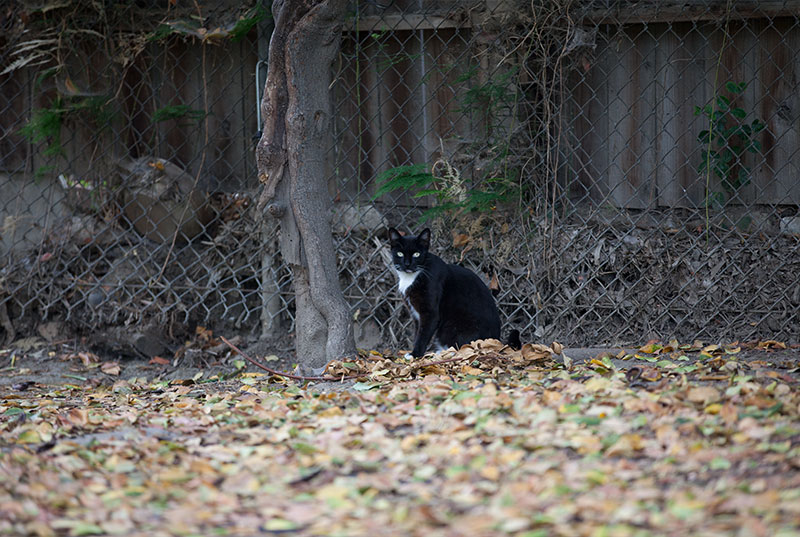The Dangers of Outdoor Life for Cats
Some animal shelters may adjust their euthanasia statistics by implementing policies that unfortunately leave animals to face a harsh and often lethal reality on the streets. Programs known as “trap-neuter-release” (TNR) – more accurately described as “trap-neuter-re-abandon” – may enable shelters with limited admission to manipulate their intake and euthanasia data. However, these policies do not protect cats from the dangers they encounter outdoors, such as severe weather, illness, and harmful human behavior.
Cats left unprotected outdoors frequently suffer from lethal injuries and infections. Even minor wounds or commonplace urinary tract infections can turn fatal for unsocialized cats that cannot be handled for treatment. Outdoor cats are susceptible to contagious diseases, parasite infestations, starvation, dehydration, exposure to extreme weather, attacks by dogs or other predators, and traffic accidents. They also run the risk of encountering humans who may cause them harm through various cruel actions.
Regardless of personal sentiments, not all property and business owners want cats on their premises. While some may appreciate the presence of cats, others may not wish to have them climbing on their cars, hunting birds, or digging in their gardens. As more “no-kill” facilities decline to accept cats, some property owners may take matters into their own hands, leading to both intentional and unintentional acts of cruelty.
The concern around roaming cats has even led to legislative actions in states such as Wisconsin and Utah, where proposals were made to legalize hunting domestic cats. Thankfully, due to the vocal opposition from animal activists and empathetic citizens, these bills did not pass. However, the mere fact that such proposals were considered should serve as a wake-up call for those who care about the welfare of cats – outdoor environments are not safe for them.
Responsible cat guardians recognize the multitude of threats that cats face outdoors and, as a result, only allow their feline companions outside when they are on a leash, in an enclosed area, or under close supervision.

